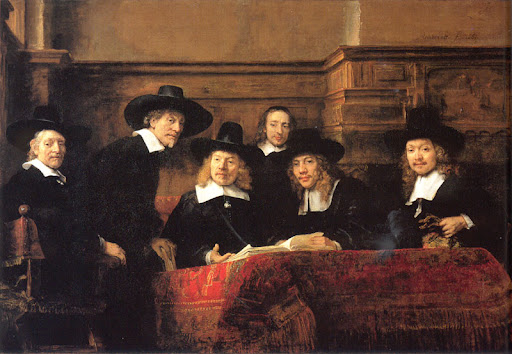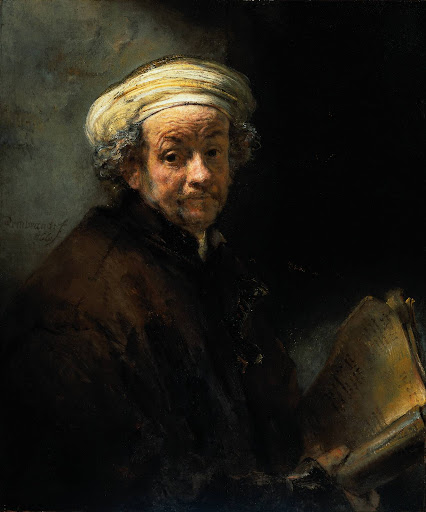is it so strange to say that art creates its own quality?
historically (if we stick to a societal definition of quality, meaning generalized page rank, see previous posts) this seems to be the case, YET -just like the situation where e.g. christ would come to modern society and proclaim himself, who would believe him today?- we seem to wish to judge art by existing gpr standards.
most people -including (yes terrible) art `experts'- even want this judgement to take at most a few seconds, preferably less, because... well i suppose because time is money or you might miss out on some other wonderful painting or something like that.
also interesting is that today the quality of art is often judged from the gpr-fueled perspective of what the role of art should be in society. therefore some moral-philosophical viewpoint of `art-derived experts / power brokers' co-determines the gpr-valuation of a given artwork / artist. there seems to be little (self-)reflection by these brokers on the situation. some art curators seem to hold beliefs -i'm serious- that one cannot leave art to the artists, since they lack overview and insight in the role of art. artists are useful for providing the building stones of a much grander artwork: the curators' collection / exhibition / statement.
so one can come across statements that modern art `should be' (i'm parafrasing but not off the mark) about the basic human struggle with life, like sex, death, misery, joy etc. or it `should be' to show / tell/ educate the viewer about some profound aspect of modern society which the viewer hadn't yet (couldn't of course) discover[ed] without this particular art work.
the new clothes of the emperor: who gains from saying they might be less than the gpr-buzz would have us believe?
i know i probably sound mighty negative here! but once again: honestly, do you hear this kind of sound often? or are you ususually drowned in the gpr-buzz? oh, this artist is so wonderful! this art is so profound! it shows the gallery visitor that a gallery can have a completely different meaning! the locked door symbolizes the difficulty one can experience with understanding modern art, and one's own heart. so one has to climb the stairs on the opposite building, to see -with a telescope!- the exhibited art works inside. the artist makes us feel the impossibility of communicating directly, the loneliness of the artistic existence, the longing to be with the ones we love but who stay out of close reach, so that we end up with just some peeks in their true treasures, etc etc etc.
so, let me end on a positive note with an artwork i really appreciate, `even' if it already has high gpr...! ;-)
 panamarenko, scotch gambit
panamarenko, scotch gambiti promise to make the next posts on a different and more positive note!



